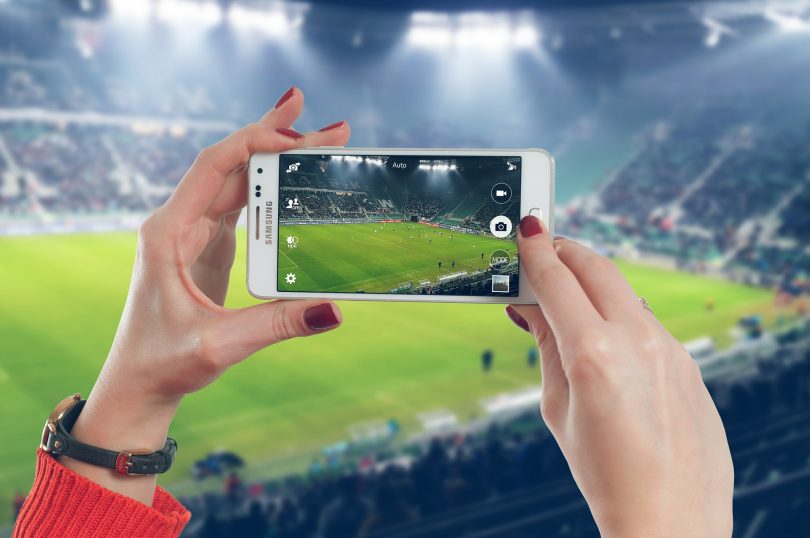We live in the golden age of technology.
From drones and 3D cameras to softwares like Photoshop, we are constantly confronted with new technologies. They make life easier, but more importantly in this context, they make journalism easier.
When looking at the tech advancements of the past years, none seems so omnipresent, so successful as the smartphone. It comes as no surprise, that the smartphone has also found its way into journalism.
Its increasing photo and video quality, paired with its convenient size and weight make it an ideal reporting tool. Above all, it is always there. Ready in the back pocket, only an arm movement away.
ABC video journalist Ashlynne McGhee has traveled to Jordan and Lebanon with a group of Australian parliamentarians to report on Syrian refugees. All her reporting was done with her iPhone.
This unconventional way of filming has allowed her to get a different angle of the story. People might feel intimidated by big camera equipment, but a small iPhone is nothing to be nervous about. People are accustomed to it, and therefore, act more natural around a smartphone than a standard camera.
Its discreet look also allows reporters to remain unnoticed, which can be useful in crisis or war zones.
Ms McGhee worked with an iPhone 7 (plus a backup iPhone 6), 3 microphones, a GoPro, a DJI small handheld camera and a smartphone tripod. She clearly benefitted from the fast setup.
She shares her experiences here.
Another great example of smartphone journalism is the story of Wasfia Nazreen. The short film “A Woman’s Epic Journey to Climb 7 Mountains” was entirely shot on an iPhone 6s. Her journey of climbing all seven summits of the world is captured beautifully. The smartphone gives the documentary a sense of proximity and belonging as if one knew the protagonist.
Smartphone journalism is still in its beginning stages. It might have some imperfections here and there, but it also creates a whole new way of filming. It enables points of view- physical and non-physical- that would be hard to capture with traditional gear. Smartphones reach angles; they can show different perspectives, but they also reach people.
Another great benefit is the accessibility of the gear. A smartphone, a simple smartphone tripod, a memory card, and an app like the Filmic Pro App, and a reporter is ready to start work.
Photo by William Iven. Licensed under CC0.

